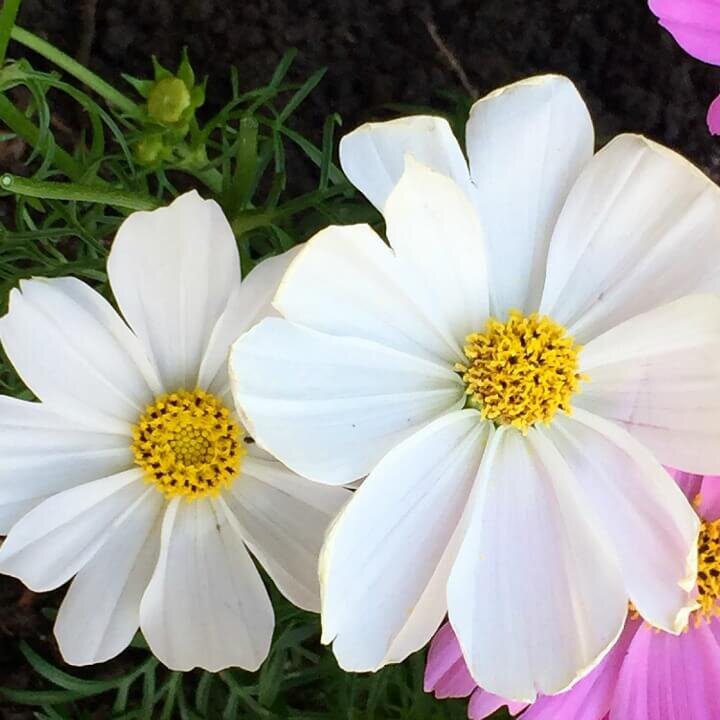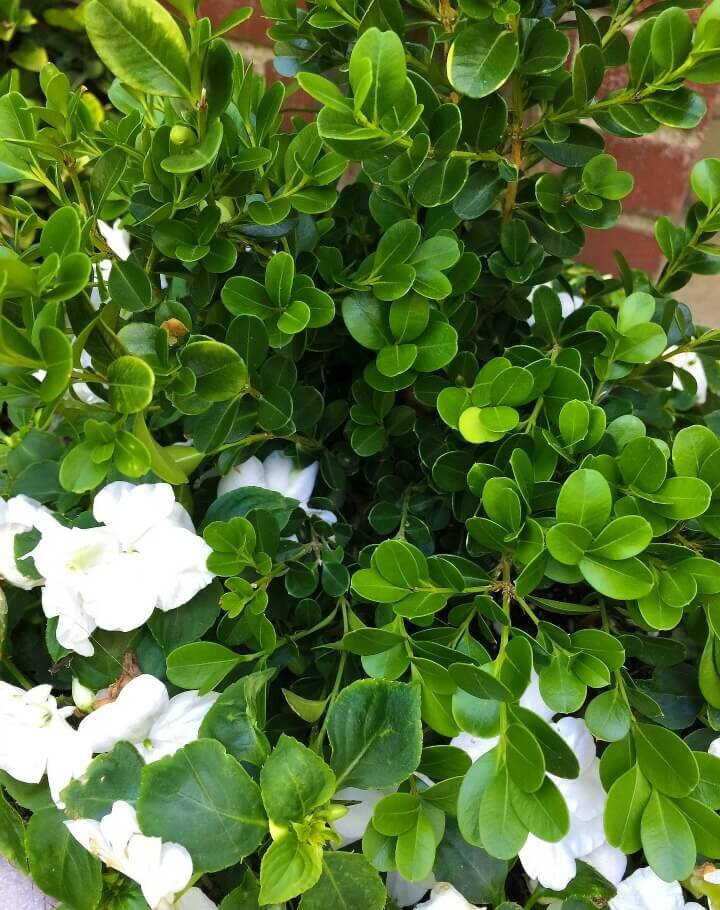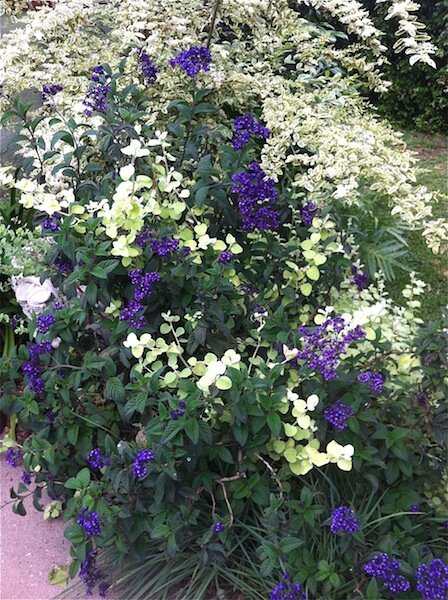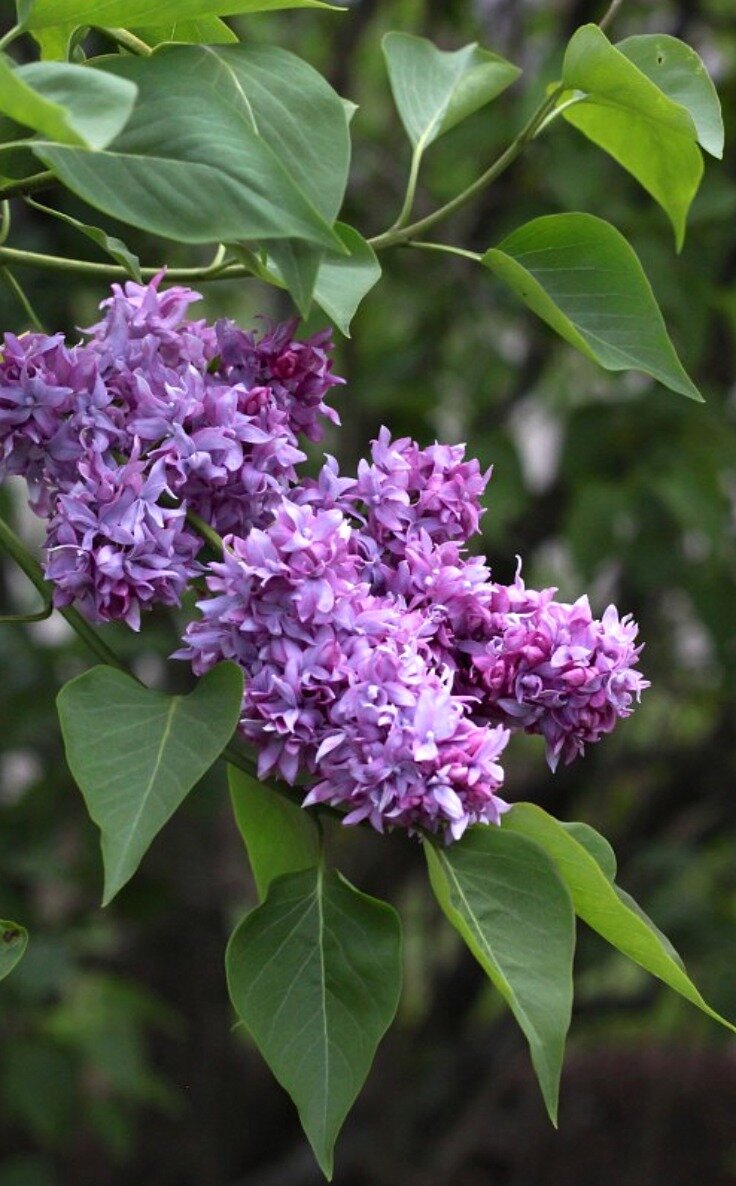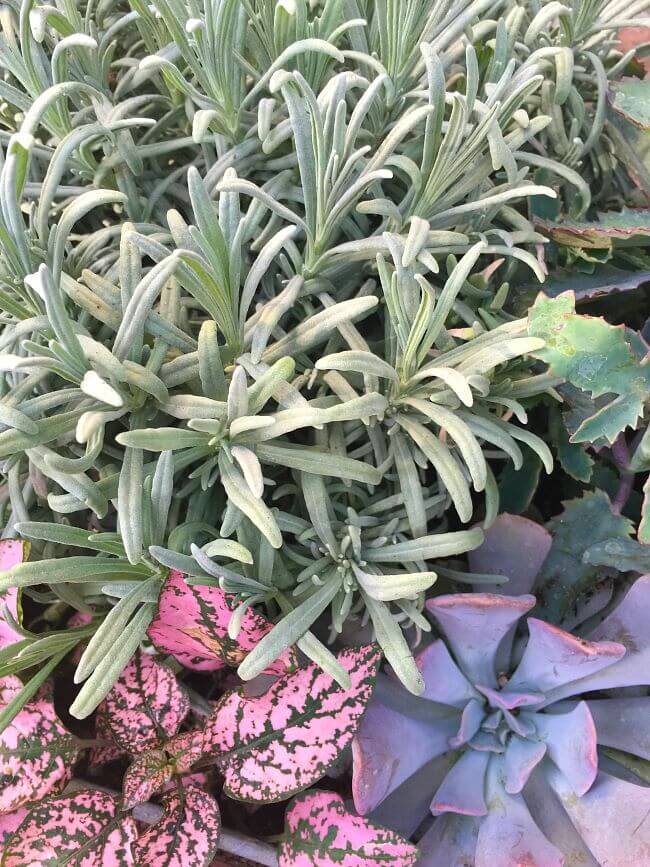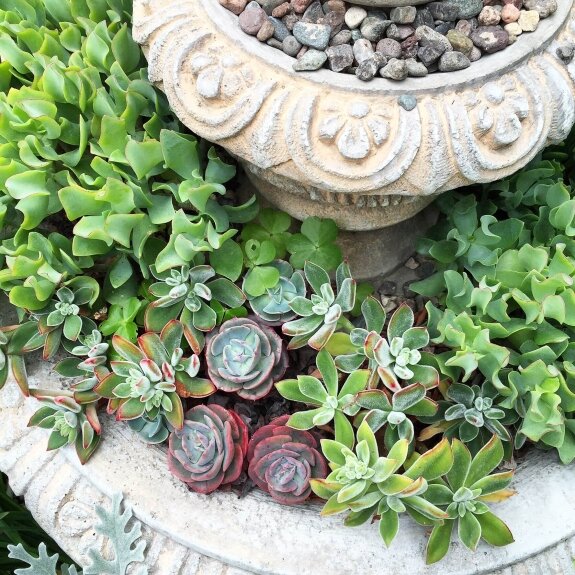Not pretty or posh - but Practical Info you Need
Gardening isn't all clipping perfect roses on a dewy morning or whipping up a salad from your own raised beds to share at sunset with a group of posh peeps drinking rose'.
Nope ~ most of the time gardening is getting down & dirty and learning by trial & error.
Gardening is a great endeavor if you strive to be a life long learner.
click the image if you want to learn about making your garden more drought tolerant
There is lots of learning in gardening. Some of it more abstract, like learning patience. Then there is the more concrete learning, like what I am going to teach you today. Which is ~ how to read a fertilizer label.
Whattt??
I know you want to talk about those perfect roses & how to grow a salad to go with the Rose'. Promise I'll drop in some lovely pictures as we shoot the _ _ _ _ about fertilizer. It really isn't even shooting that, as that would be a manure chat. We don't need to have that chat as those bags are just full of...., well you know.
Not only lovely pictures, but click on them and I promise you will learn something.
click the image to learn how to care for & prune boxwoods
Let's get on with the practical information, then we can clip some roses, snip some greens and uncork that Rose' in the garden.
First what is fertilizer?
Well, it is chemicals that can help a plant or lawn grow, flower, establish a root system and endure hard times. You can think of fertilizer almost like taking a vitamin supplement.
If your soil is rich in organic material, your plants probably can get all the nutrients they need from the soil itself. If not, fertilizer can be a a dose of vitamins.
Whether you choose to use chemical fertilizers or not, it is still good to know how to decipher the labels and what the components can do. So read on...
click the image to learn how to divide perennials & get my cheat sheet
How to Read a Fertilizer Label
All fertilizer labels have three numbers clearly listed.
These three numbers tell you the amount of nitrogen, phosphorus and potassium in the mixture.
The numbers on every fertilizer label are in the same order. Nitrogen is first, phosphorus second and potassium is third. This label is known as the 'fertilizer grade' and is a national standard.
So a bag of fertilizer labeled 10 - 10 - 10 has 10% nitrogen, 10% phosphorus & 10% potassium.
If you purchased a 50-pound bag of a 10 - 10 10 fertilizer, five pounds (or 10%) would be Nitrogen, five pounds would be phosphorus, and five pounds would be potassium. The remaining 70% is simply filler, or inert ingredients, which are there mostly to help disperse the chemicals.
click here to learn about your zone when to pay attention & when you can ignore
Nitrogen, Phosphorus and Potassium
So what do the key ingredients nitrogen, phosphorus & potassium do for your plants and lawn? An easy way to remember is the phrase "up, down & all around".
Nitrogen ("UP") is the first number listed. Nitrogen helps with plant growth above ground, promoting the green leafy growth of foliage, and provides the necessary ingredients to produce lush green lawns. Lawn fertilizers usually have a high first number.
Phosphorus ("DOWN") is the middle number listed. Phosphorus helps establish growth below ground ~ a healthy root system. It is also the component most responsible for flowers and fruit. Fertilizers designed for flowers/fruit production, or starter-type fertilizers for your lawn, have a high middle number.
Potassium ("ALL AROUND") is the last number listed. Potassium is considered important for overall plant health. This is primarily due to its ability to help build strong cells within the plant tissue. In turn, the plants can better withstand various stresses, such as heat, cold, pests, and diseases. As such, winterizer fertilizers will have a high component of potassium.
click the image to learn how to choose, grow & prune lavender
If you are going to use a fertilizer choose one with the right balance for your purposes.
Fertilizers that have equal numbers are used as an all-purpose fertilizer.
For promoting good fruit or flower production, look for a second number that is higher than the first.
To toughen up your plants or lawn for environmental stresses, such as winter or drought, choose a fertilizer with higher second & third numbers.
click to learn about succulents & get my guide
Like is so many things, less is more with fertilizer. You can burn your plants by applying too much.
Read the package directions and follow, or perhaps even scale back a bit from the recommended application.
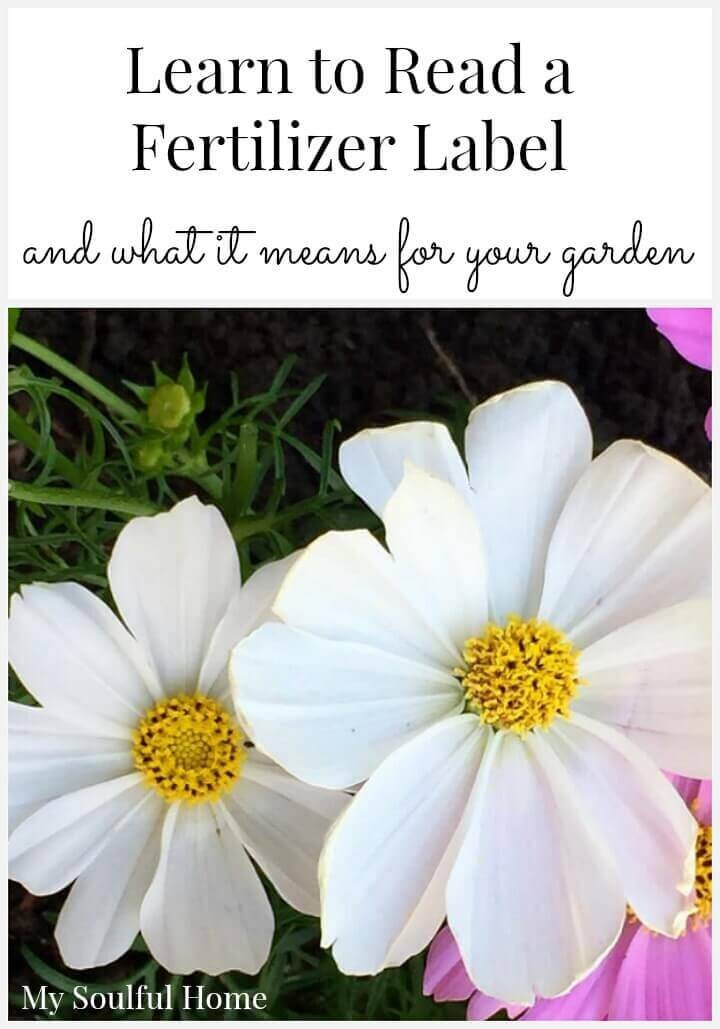
If your soil is rich in organic matter, it should provide all the nutrition your plants need. Just like if you eat a healthy diet you probably don't need a multi-vitamin.
Bottom line fertilizers feed the plants - Organic Matter feeds the soil. To learn the 3 basic forms of organic matter for your soil read here.
Organically building up the health of your soil is really the best way to feed your plants and lawn. I have talked about that in this post on amending your soil. One of the ways I do that is with my "three secrets".
That being said, using fertilizers as a boost isn't a gardening sin. And if you use them no judging here.
If you do or are going to use them, now at least you know how to read a fertilizer label.
What's your favorite way to feed your soil ?
** Kelly **


